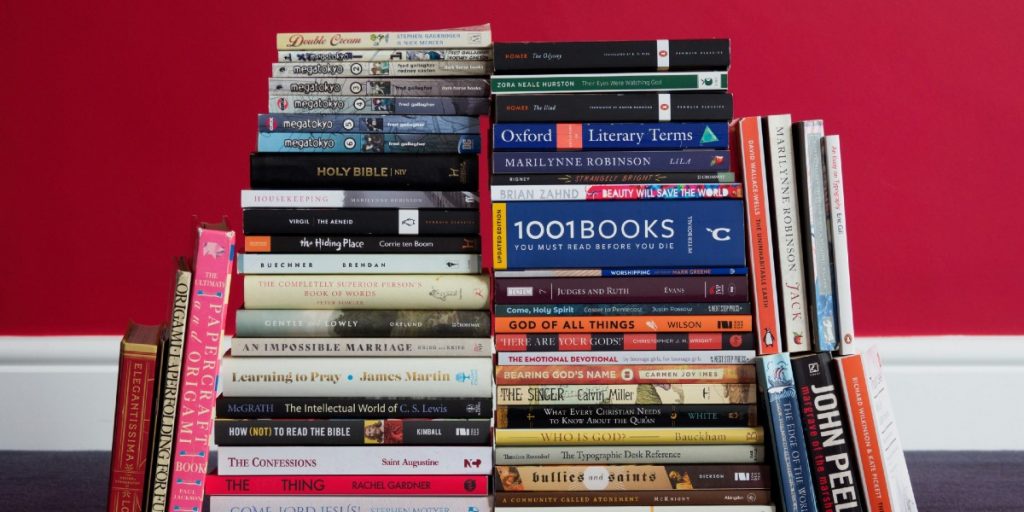Call them what you will: multiple discoveries, simultaneous inventions or simply “multiples” (as theorist Robert K. Merton would say). Whatever the term, it’s a surprisingly consistent occurrence for people to come up with the same idea at the same time. In their paper “Are Inventions Inevitable: A Note on Social Evolution,” William Ogburn and Dorothy Thomas reveal a staggering 148 instances. And that list, they tease, “could be extended considerably by further research.”
So you’re not the only one who invented the great pizza vending machine this year. And maybe you’re going to have to revise some of your childhood dreams of that inventor life. But there’s still hope to be found in history. Which inventors ended up with the fame and the cash – and how did they do it?
The Telephone
You really thought you knew this one. But a man named Elisha Gray applied for a patent on the same day as Alexander Bell in 1876, and the truth is – well, it’s complicated.
Theories abound about what exactly happened; many simply refuse to believe that the telephone was born of multiple invention. According to one Bell biographer, Gray came up with the idea only after hearing rumors about Bell’s plans. But science journalist Seth Shulman begs to differ. In his book, The Telephone Gambit, he claims that Bell came up with the idea only after sneaking a peak at Gray’s drawings.
Trending: Navy SEAL Secrets for High Performance Under Pressure
And Shulman has an important witness to back him up. Zenas F. Wilber, a former clerk of the Washington patent office, admitted to accepting a measly $100 to reveal Gray’s drawings to Bell. And that’s not all. He also accepted a bribe to award the patent to Bell.
Key to success: Bribe the clerk
The Airplane

Elementary school teachers, rejoice. This one doesn’t need revising: the Wright brothers were in fact the first to fly a plane. But the race was so close that the world wasn’t so sure until nearly 40 years after that fateful flight in 1903.
Nine days earlier, an aircraft engineered by Samuel Pierpoint Langley had failed to take off. Its rear wing caved in before it could have even been said to float. Despite this failure, the Smithsonian publicly awarded Langley for having built the first successful flying machine in 1914.
Langley had been receiving fiscal support from the government for years, but it was social capital that got him his award. Not only was Langley the Secretary at the Smithsonian and founded the Smithsonian Astrophysical Observatory; he was also close friends with Charles Walcott, director of the Smithsonian.
Trending: How to Make Menopause the Best Time of Your Life
The Smithsonian’s claim wasn’t rescinded until 1942. To be fair, Langley never made the false claim himself – he died before the award was even given. And though the Wright brothers got their vessel in the air and Langley didn’t, later experiments show that he had the basic idea correct.
Key to Success: Befriend Uncle Sam
The Movie Camera

It’s hard to say who invented the moving image, because so many steps were involved. DaGuerre invented photography in 1839; Eadweard Muybridge developed series photography, the method that enabled him to create the first film of all time, in 1878; and, in 1882, Étienne-Jules Marey took a similar series of images with one instrument.
The invention of the movie camera, or something that recorded and reproduced moving image, is easier to define – and, surprise, it was multiple. Marey and Muybridge were more interested in learning about the physical world through moving image, and cared less about efficiently creating the illusion we now know so well. But many others realized the artistic and commercial potential of a machine that did just that.
Trending: Microsoft, Google, and Beyond: What Business at the Cutting-Edge of AI Looks Like
In 1888, a young man named William Kennedy Dickson, commissioned by none other than Thomas Edison, invented what he called the Kineograph. In the same year, French-born Louis Le Prince was granted an American patent on a movie camera. Some say that his device didn’t meet the same success because he mysteriously disappeared, rendering him unable to promote it. But many others say that his camera simply didn’t work as well. William Friese-Greene also applied for a patent on the movie camera around the same time, but was ultimately unable to prove that his device worked (a story that seemed to repeat itself throughout his life).
Key to Success: Just do the best job
Innovation as Evolution
 Maybe multiple discoveries are proof that our ideas are, as Ogburn and Thomas suggest in their paper, inevitable – a kind of evolution. Speaking of evolution, let’s conclude with a bonus multiple discovery: Alfred Russel Wallace came up with the idea of natural selection at the same time that Darwin did!
Maybe multiple discoveries are proof that our ideas are, as Ogburn and Thomas suggest in their paper, inevitable – a kind of evolution. Speaking of evolution, let’s conclude with a bonus multiple discovery: Alfred Russel Wallace came up with the idea of natural selection at the same time that Darwin did!






























